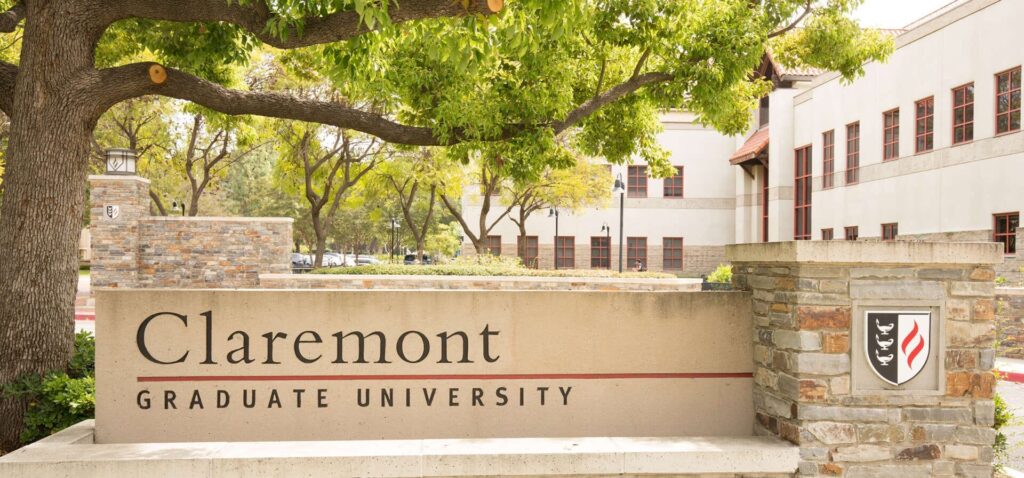Are Claremont city employees paid too much?
The city council passed one-year contracts with three employee groups after months of closed-door negotiations. However, the city’s ongoing effort to correct future budget shortfalls raises the question: Are they doing enough?
The memorandums of understanding, passed in the consent calendar during the July 24 meeting, represented terms and conditions, compensation and pay with selected employee organizations—the Claremont Management Association, the Claremont Professional Employees Association and the Claremont Administrative and Technical Employees Association.
Two additional management groups—the Claremont Police Officers Association and the Claremont Police Management Association—have yet to reach a deal.
Assistant City Manager Colin Tudor declined to comment on the status of those negotiations, saying only that they were ongoing.
The contracts are the result of several closed-session meetings since February with representatives of the organizations, the city council and Mr. Tudor, who acted as chief negotiator.
The contracts are good for one year, from July 1, 2018 through June 30, 2019. Usually, the MOUs last for up to three years, but one-year deals have been established with the employee associations both this year and last year.
According to Claremont Finance Director Adam Pirrie, this is due to the city’s uncertain financial future.
“I think the [employee] associations and the city understands the financial picture going out three years is not as certain as it may have been in the past,” Mr. Pirrie said. “So we’re kind of taking it year by year, just to ensure the agreements with the employee groups are affordable.”
The MOUs come when the city is experiencing tight financial times. In its effort to balance the budget, city officials recently slashed $3.4 million in programs and services, but is still facing a roughly $2.8 million shortfall within the next few years.
Much of that, the city says, is because of an absorption of $2 million due to CalPERS, higher landscape maintenance contracts, the ongoing settlement from the failed Golden State Water Company lawsuit, increased water usage in the city and increased general liability and worker’s compensation costs.
“It’s difficult to project three years out due to PERS increases,” Mr. Pirrie said.
Employee contributions to CalPERS increased by $615,395, from $4.3 million in 2017-2018 to $4.94 million in 2018-2019, according to Mr. Pirrie. The impact on the city’s current unfunded pension liability, which sits at roughly $50.8 million, won’t be known until the 2018-2019 valuations are completed by CalPERS staff, he added.
Part of the employee agreement is the possibility of a one-time bonus if the city rights the financial ship. Employees will have the opportunity to receive a one-time payment of up to $1,000 from the city if they experience a surplus for the last fiscal year, according to the agenda report.
Mr. Pirrie characterized the bonus as a “one-time cost to the city,” as an incentive for hard-working city employees.
Part of the terms agreed upon in the new contracts is mandating employees use their own “accumulated vacation, floating holiday, administrative leave and/or compensatory time” for a period from December 24, 2018 to January 2, 2019 when the city will be closed for the holidays.
This will be the first time the city closes its administrative offices during that week, Mr. Pirrie said. He added there is no budgetary impact to the move.
Mr. Tudor, the chief negotiator with the city employee groups, noted this was a way to use employees’ time off during the holiday week, which is usually a quiet time at city hall.
“Like any organization you’ve got folks who don’t use their vacation, this gives them an opportunity to use their time,” he said.
Much of the retirement benefits and contribution to PERS remain unchanged from last year’s deal. Employees are divided into two groups—“classic,” for employees hired before January 2013, and “new” for employees hired after.
Classic members will contribute 8 percent of their pay toward their PERS share, while new members will contribute 6.25 percent or 50 percent of their total normal cost (the annual cost of providing retirement benefits).
But the tradeoff comes after these employees retire. Classic members receive 2.5 percent of the highest 12-month salary multiplied by the number of years in service at age 55, Mr. Pirrie said. New members received two percent at age 62.
These are figures put forth from the state, Mr. Pirrie said, and they aren’t meant to eliminate the unfunded liability overnight. The city won’t see a real reduction in the shortfall until it sees a large staff turnover, causing more employees to move to the “new” category.
“It wasn’t something that was going to fix the system overnight,” Mr. Pirrie said.
According to Transparent California, some of the city’s highest earners in 2017 include Mr. Tudor, who received a base salary of $201,262, plus other pay and benefits of $110,395, bringing his total pay to $311,657.
Police Chief Shelly Vander Veen in 2017 earned a base salary of $176,844 but took home $326,607 in total pay and benefits. By comparison, Charlie Beck, former chief of police for the city of Los Angeles (population 4 million), earned $357,631 in total pay and benefits in 2017.
Claremont’s new City Manager Tara Schultz, whose three-year contract was approved by the city council just this January, earns $314,056 a year.
She is paid $211,000 in base salary plus $64,224 in CalPERS retirement, $15,528 in health benefit cafeteria allowance, $12,000 in deferred compensation, $5,400 in auto allowances and $5,904 in Medicare, life insurance and long-term disability benefits. Ms. Schultz pays about 7 percent of her salary to her CalPERS retirement benefits.
Comparatively, the city manager for Los Angeles, Richard Llewellyn (city administrative officer), took home total pay and benefits of $283,782 last year.
While Mr. Pirrie notes the city currently doesn’t have enough financial information to confidently enter into a multi-year deal with employee groups, the idea is not off the table completely.
“We’ll look into a longer-term agreement for next time, but if the financial circumstances and uncertainty exists, short-term agreements are more likely,” he said.
—Matthew Bramlett
news@claremont-courier.com










0 Comments